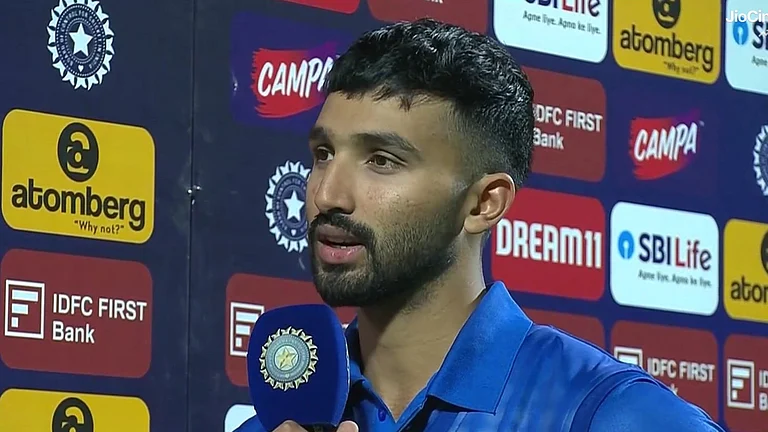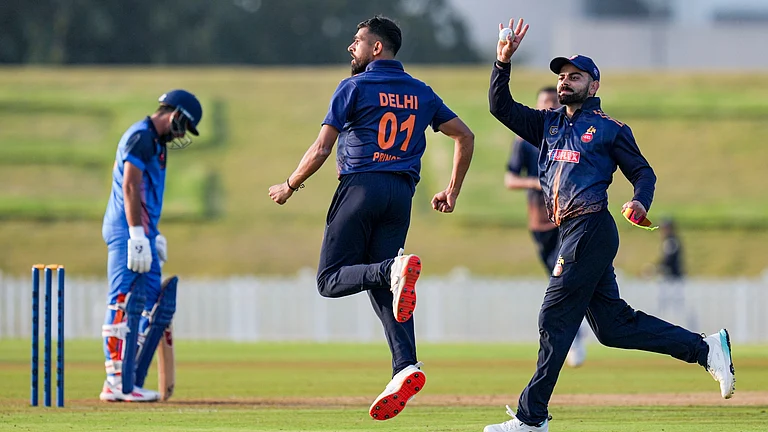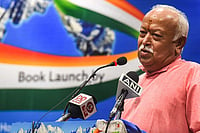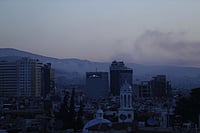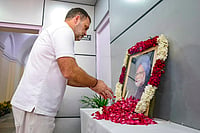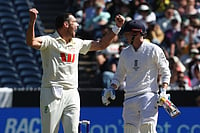For years, Americans have met Indians while paying off the New York cabbie or on the operating table of a state hospital. Taxi drivers and underpaid doctors, thats what Indians in the US were to most Americans. As for the "Indian experience", it was confined to the odd mystic who promised middle America it could fly and the gurus of classical Indian music who were hip, happening and into fusion. Before that, there was only Sabu - the original Indian to make it big in Hollywood - though the possibility that some East Coast intellectuals knew about Gandhi and Nehru cannot be discounted. Since then, as Bill Clinton may well put it, "theyve come a long way". For over the last decade, perhaps mainly spurred by the dotcom revolution, Americans are looking at Indians differently.
"I think there has been a very marked change in the American perception of both India and Indian-Americans in recent years thanks to the growth of the community and their increasing influence," says Selig Harrison, former South Asia bureau chief of The Washington Post now associated with the Century Foundation, a Washington-based think-tank.
"The profile of the Indian community has gone up. Lots of Indians on Wall Street and in the world of computers are very well known," says actress and culinary expert Madhur Jaffrey, a long-time resident of New York. "Even five years ago, Americans were hardly aware of Indians as there were not many," she say. "Ten to 15 years ago, an Indian on the street was not thought by Americans as anybody to be reckoned with."
Sreenath Sreenivasan, an associate professor of journalism in Columbia University, New York, and a founder of the South Asian Journalists Association, agrees. "You cant pick up any newspaper or magazine without seeing an article on an Indian-American or an article by an Indian-American. Also, there are people at the ceo level at major US companies now, many more than in the past. And yes, visibility has come from taxi drivers and Indian restaurants as well."
There are more Indian anchors on TV channels and The Philadelphia Inquirer, one of the top five US newspapers, has many Indians on its staff. "Its amazing to have so many people from India. From the sports page to politics and entertainment, there are more Indians featured these days." On March 14, one of the major TV channels is going to telecast a pure desi programme for one hour. "Two years ago, this would have been impossible," says Sreenivasan.
How has this increasing visibility of Indian-Americans as a community and their heightened profile along with the one of the country of their origin come about? Francine Frankel, director of the Center for Advanced Studies on India at the University of Pennsylvania, believes that Indian-Americans have a high profile because of the impact theyre making on Americas own technology. "I think the proportion of entrepreneurs and business in Silicon Valley run by Indian Americans is very striking and no one can ignore the very high profile of this community," she says.
According to news reports quoting Stanford University Professor Rafiq Dossani, about 300,000 Indian Americans work in Silicon Valley and they earned about $60 billion last year. Nationwide, Indian-American incomes average $60,000, according to the 1990 census, higher than any other Asian group.
But not all agree on the influence of the Silicon Valley professionals as far as the change in the perception of India and Indian-Americans is concerned, although they admit that it is one of the factors.
"In a sense, I feel the Silicon Valley people are least important. They have lots of money and they can influence, but at the same time the many sources through which ideas get communicated are the most important is my view," says Jagdish Bhagwati, professor of economics and political science at Columbia University.
Bhagwati, a naturalised American citizen, feels there has been a very distinct change in the last five years or so in the American perception of the Indian community. "More and more people are becoming visible and there are so many (Indians) in every walk of life who are doing well that it is impossible for Americans to ignore them," he says.
Bhagwati believes that one of the factors that contributed to the greater visibility of the community is what he calls the "crowding effect". "There are so many people in every walk of life. I think we have hit that scale and we cant be ignored. There are times when not a day passes without some Indian being in the news and that is what gives us enormous advantage," he says.
He says that, also, America being a knowledge- and information-based society, people dont care if one is black, brown, white or yellow as long as one has the drive, intelligence and ability. "And certainly, many Indian-Americans have that," he says. Like many others, Bhagwati believes that the change has been distinct in the last five years or so. "Ten years ago, there were also doctors, professors, etc, but little visibility. That is because no one was talking about us really since there were not many of us. But suddenly there are so many of us here," he says. He also stresses that it is not the number but the sheer quality of the immigrant population that actually matters.
Last week, a group of 250 members of the Atlanta-based Asian American Hotel Owners Association, led by chairman Bakulesh Buggsi Patel, descended on Capitol Hill on Legislative Day to meet with 30 Senators and Congressmen and lobbied with them to support legislation on issues that concern them.
A month ago, an Indian-American financial and management expert organised a fund-raiser in New York ahead of his planned contest for a city council seat for which elections are slated next year. And in January this year, an Indian-American became the mayor of a New Jersey town where Indian-Americans are not even the majority population.
Not that in the past there had been no fund-raisers by Indian-Americans or lobbying by members of the community, or individual success stories, but what is new is the compelling attention that the community is attracting these days from the corridors of power as well as the business and the corporate world in America.
Frankel believes there is no doubt at all that the Indian-American community is much better organised today than in the past and even has direct access to the White House and the Clinton administration. "In the 1950s and 1960s, first-generation Indian-Americans were beginning to organise themselves. But now the community has reached maturity both in terms of age and political awareness and they want to have Indians better understood, appreciated by thinking people in the US," she says.
Harrison feels that the change in perception about India has come particularly in the last one year because of New Delhis handling of the Kargil crisis. "It was very important as it cast India in the role of a mature power and Pakistan being the trouble-maker," he says. During the crisis, Indian-Americans launched virtually an epistolary campaign, flooding offices of lawmakers with messages that urged Washington to condemn Pakistan. In an article late last month, The Washington Times noted that the growing clout of Indian-Americans was partly responsible for a recent tilt in American foreign policy away from Cold War ally Pakistan and towards India.







